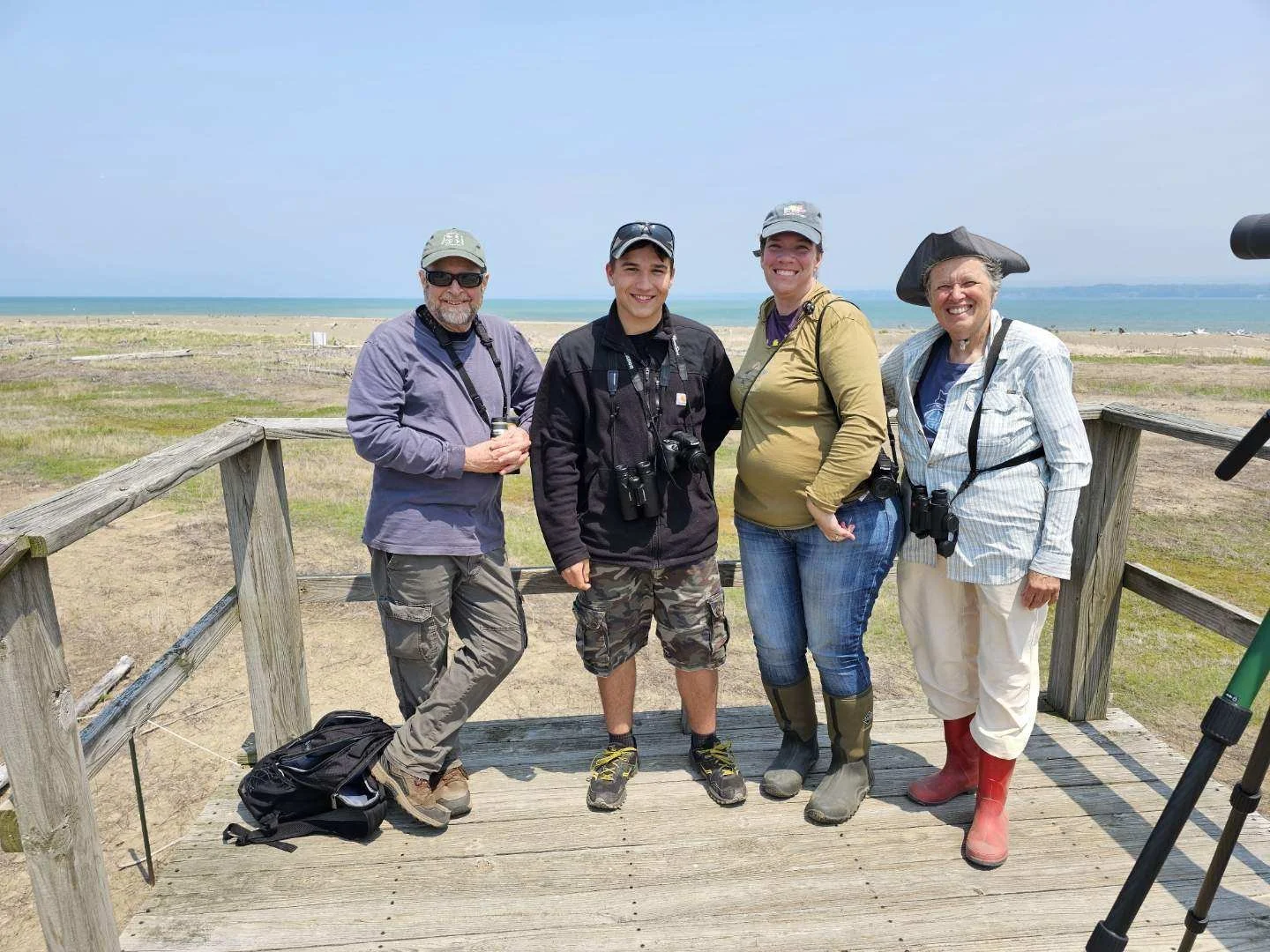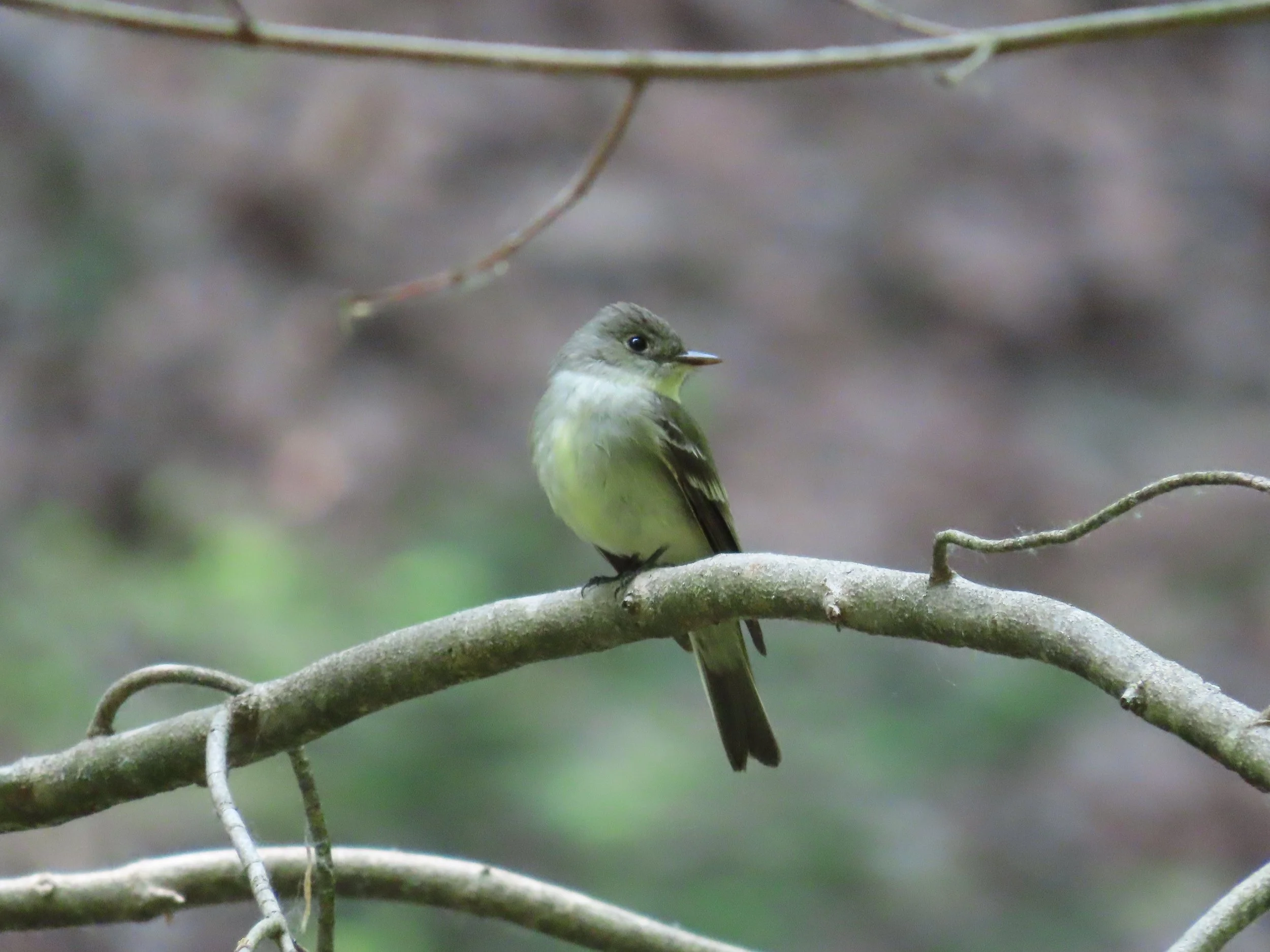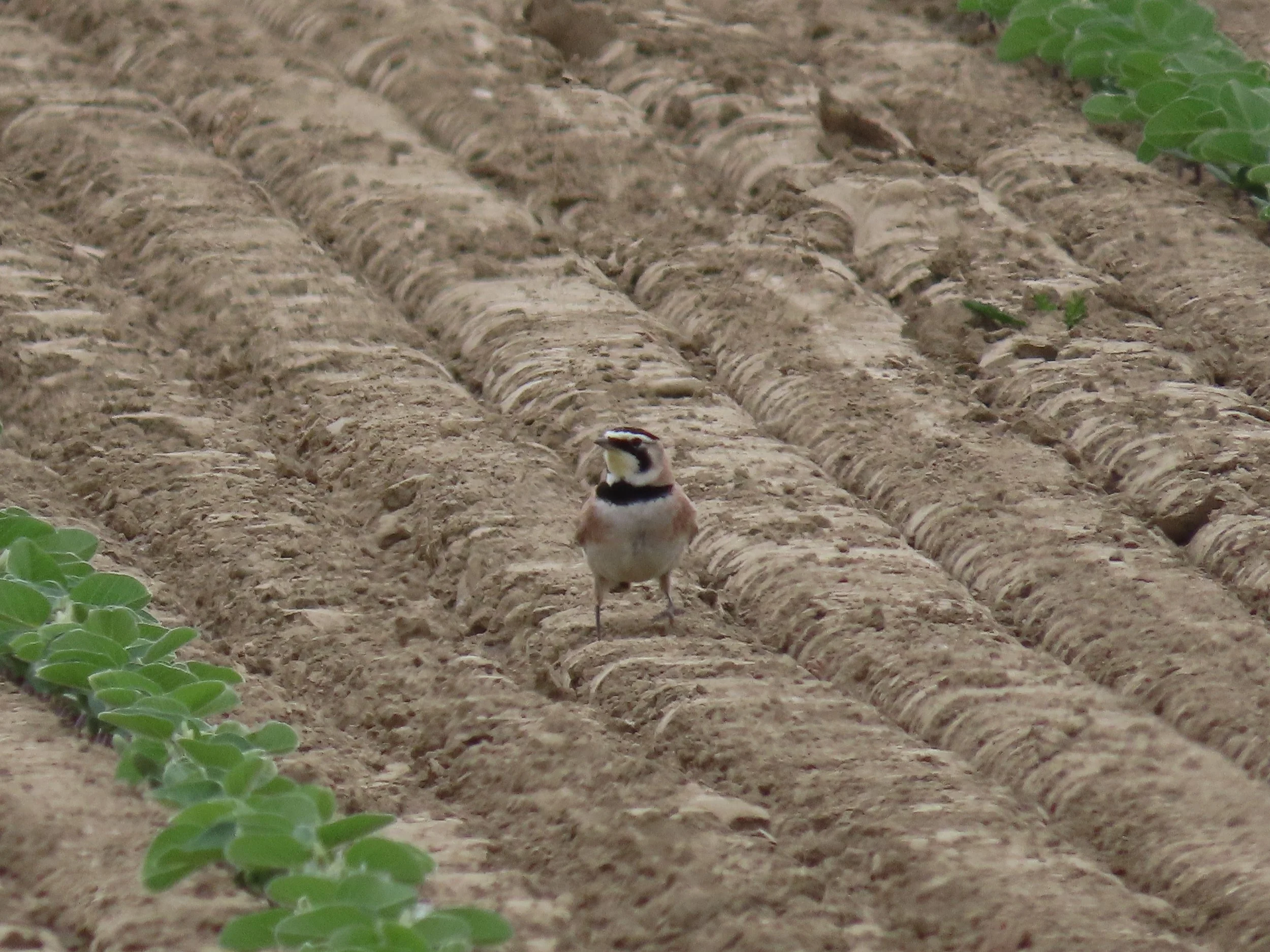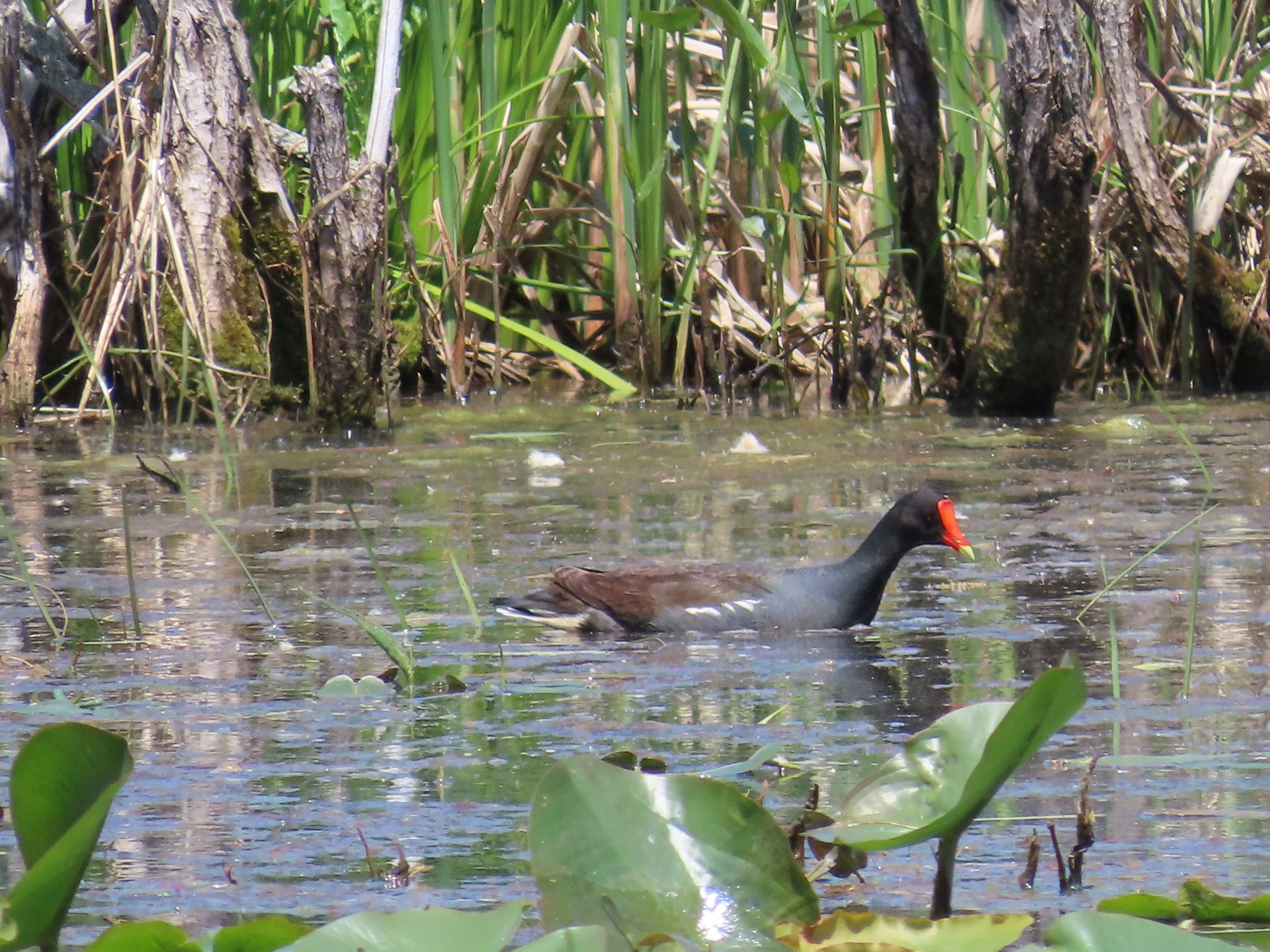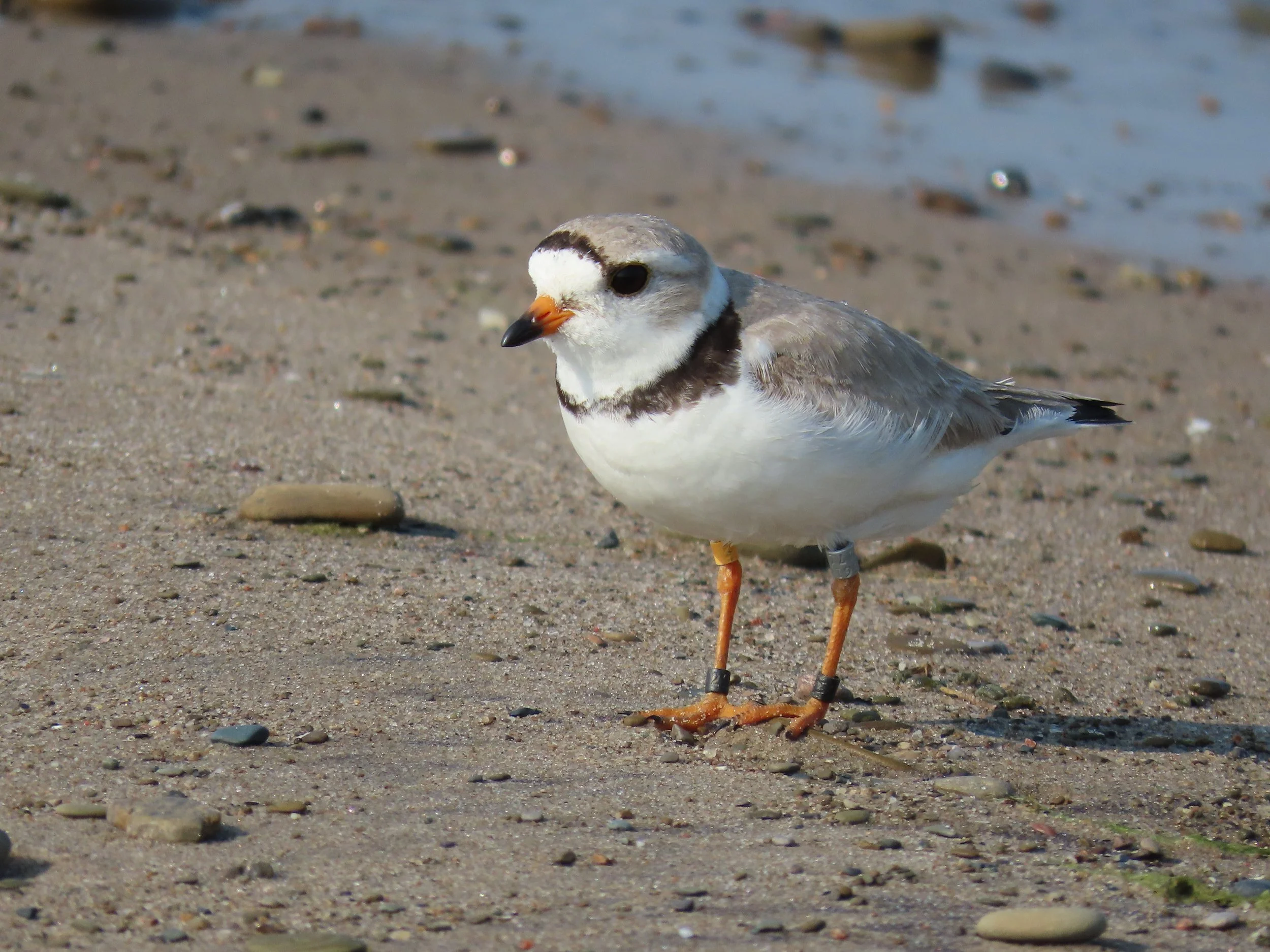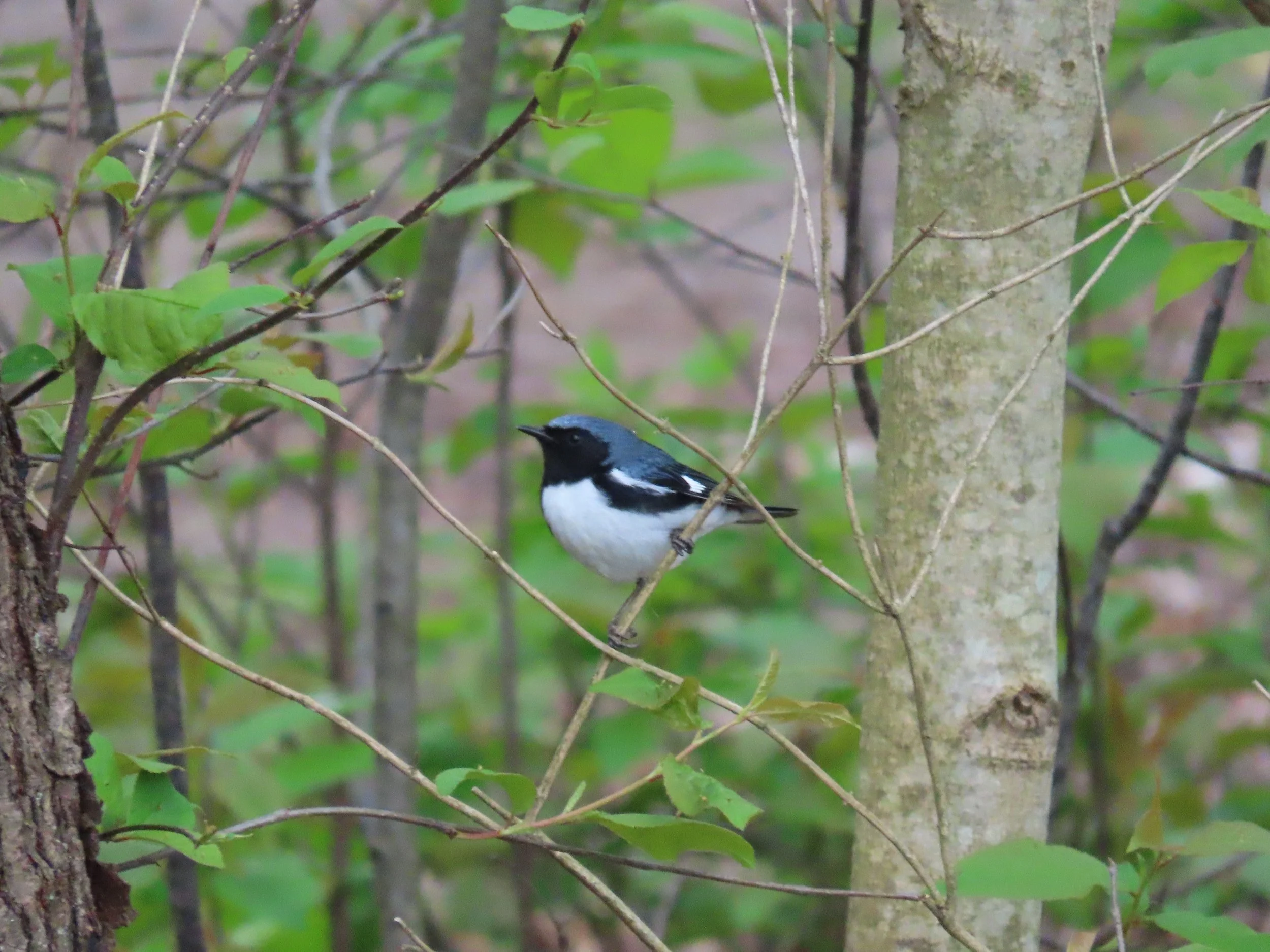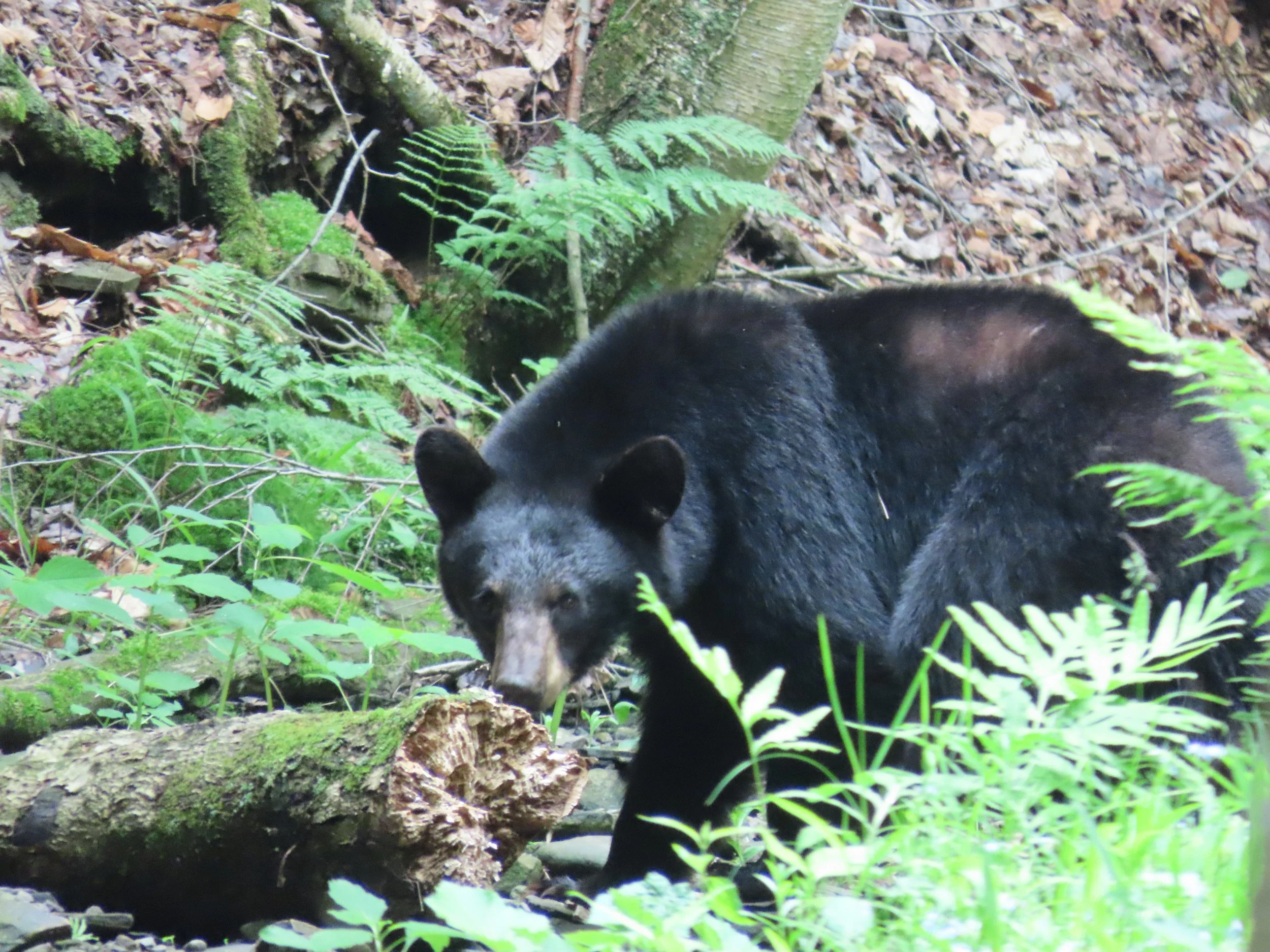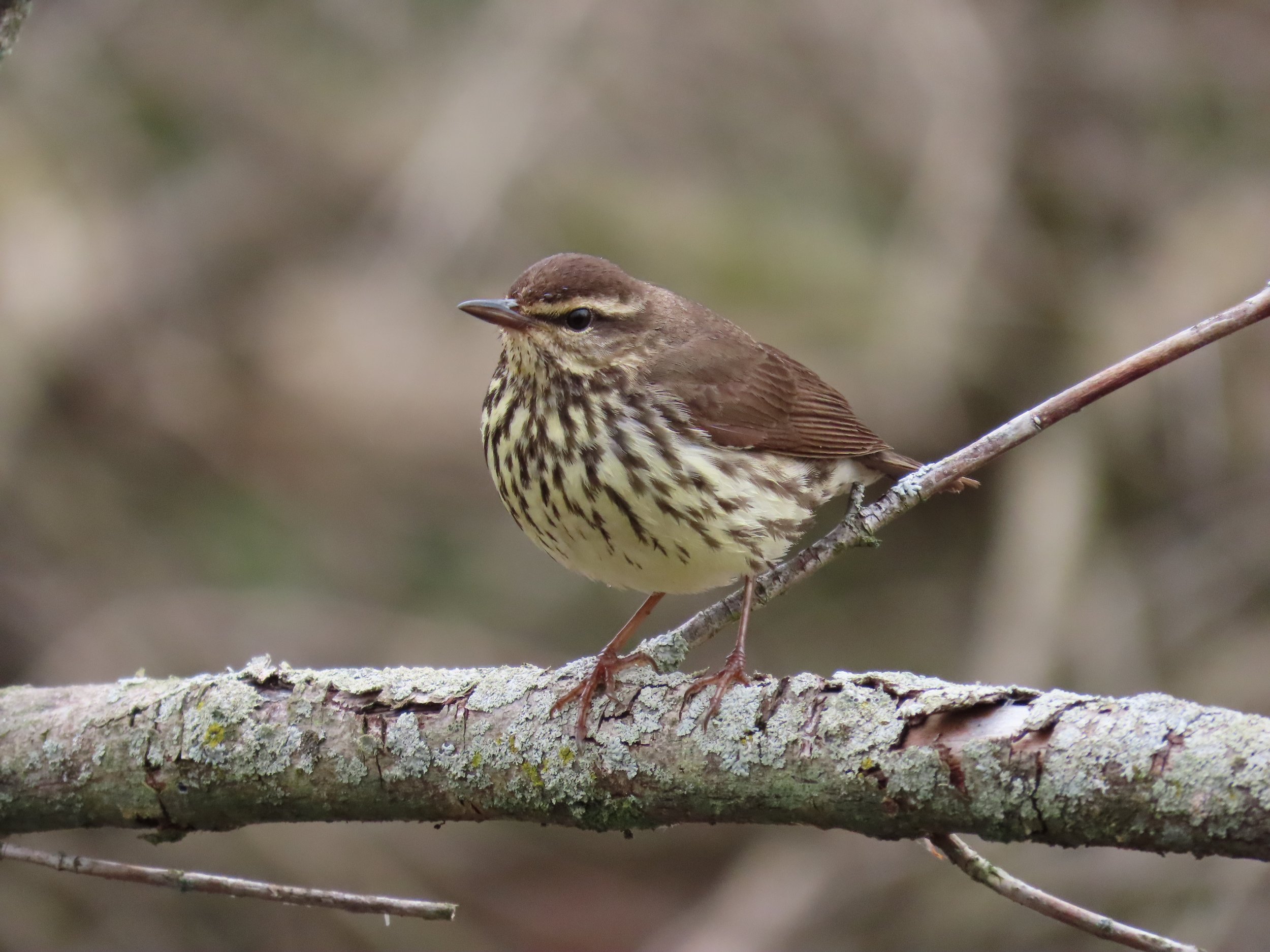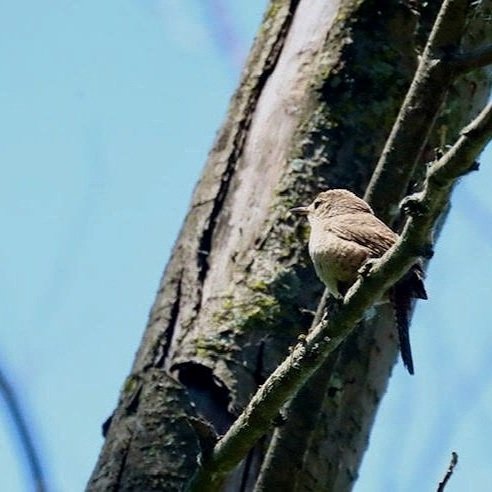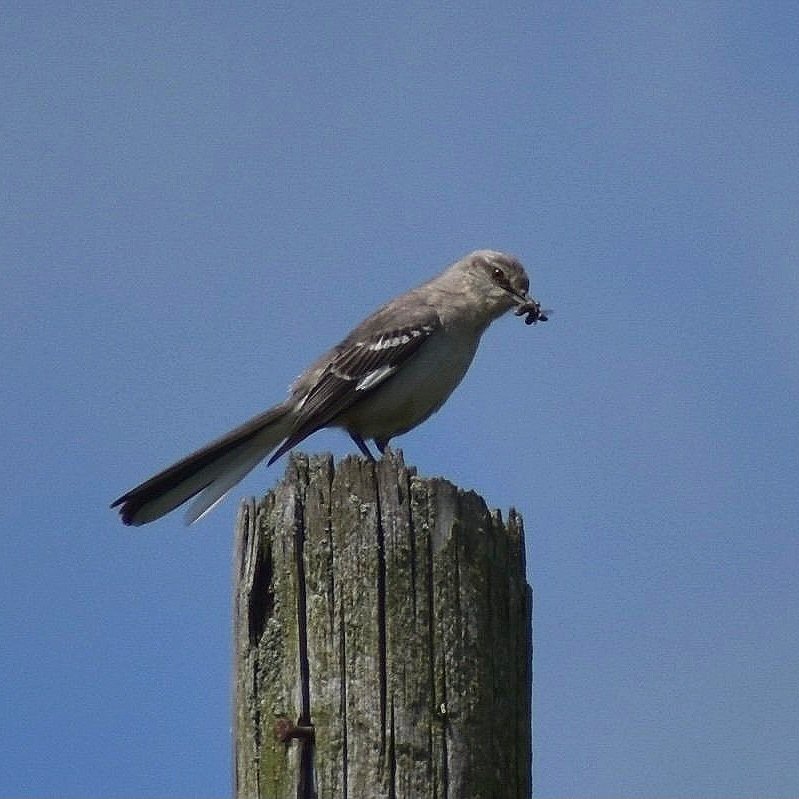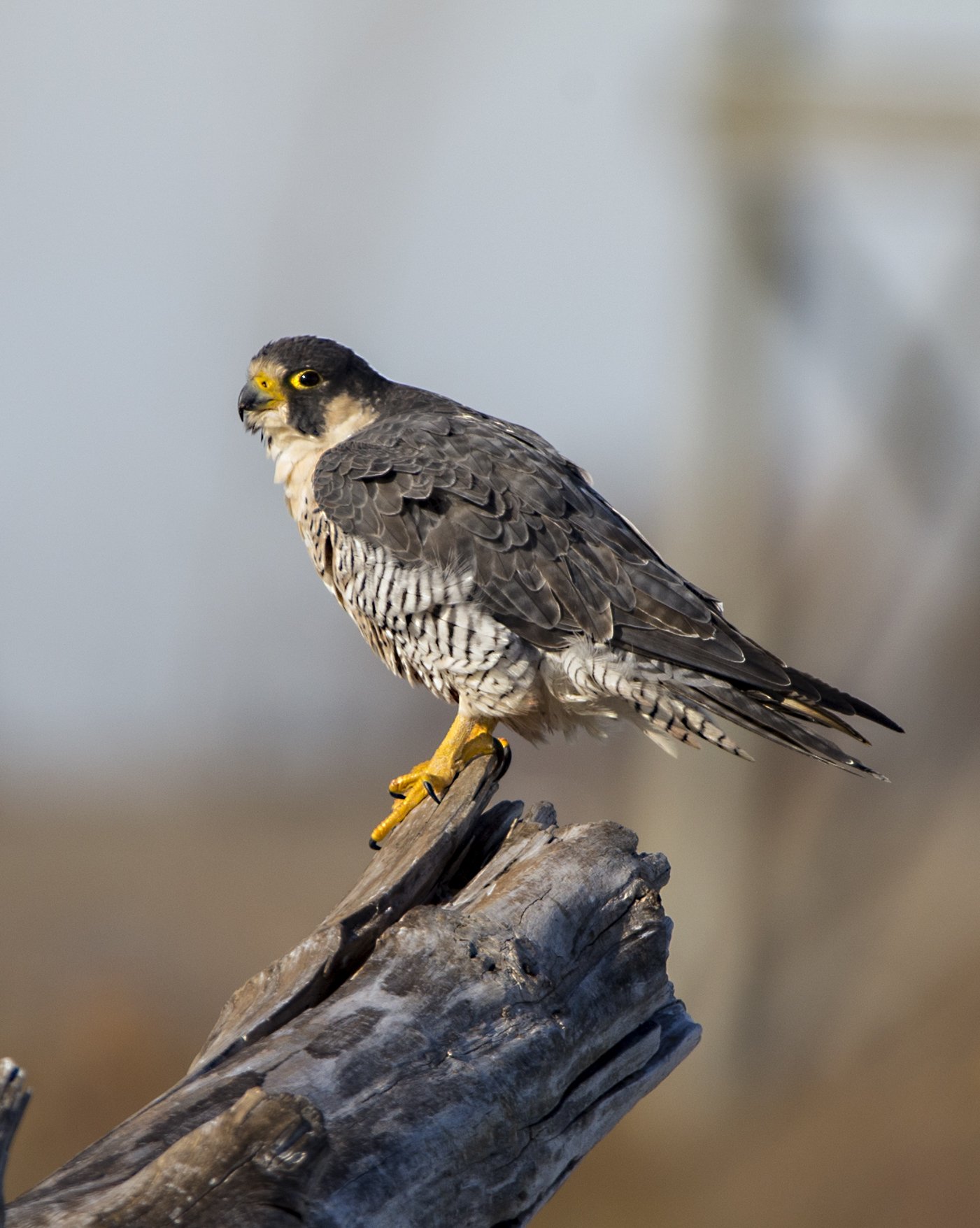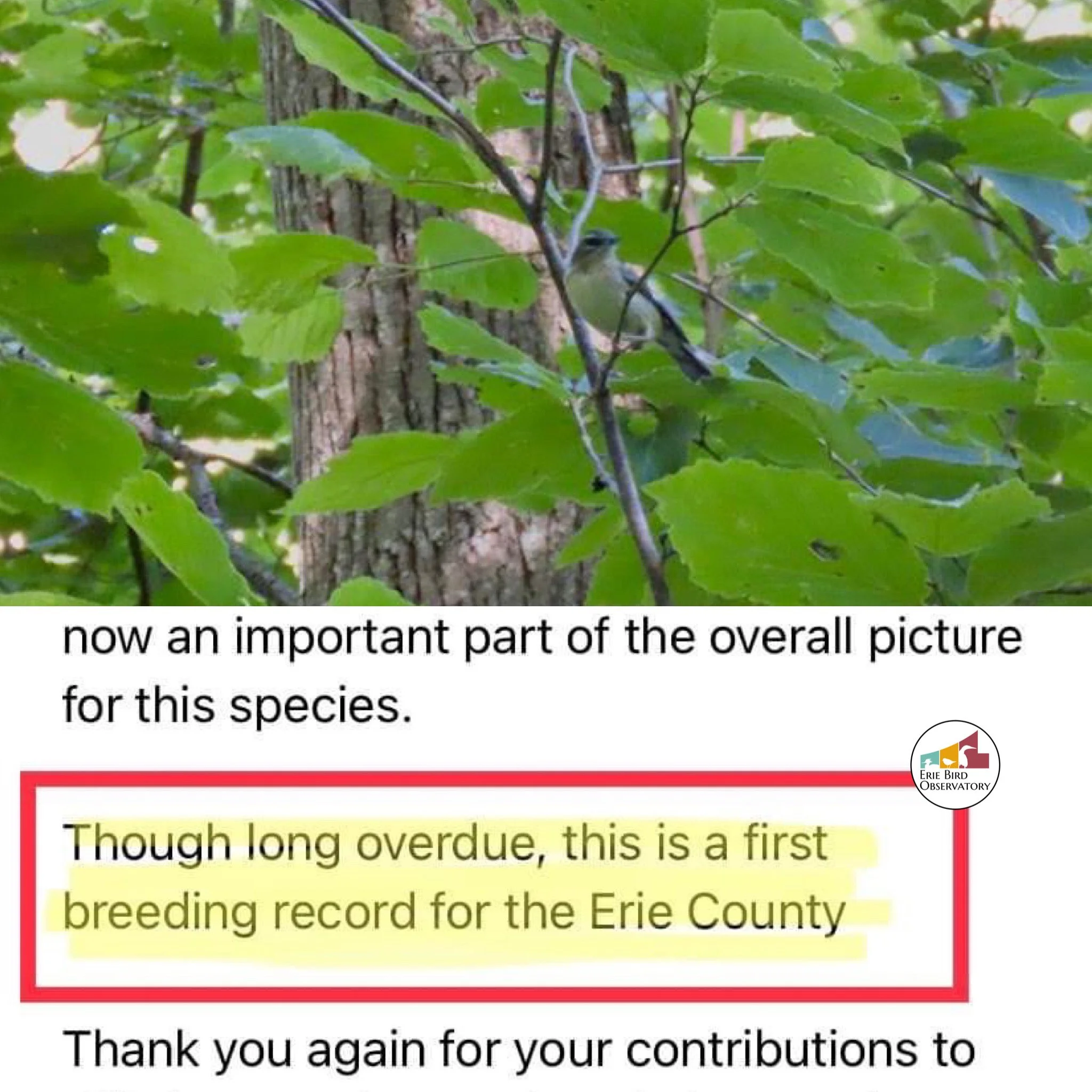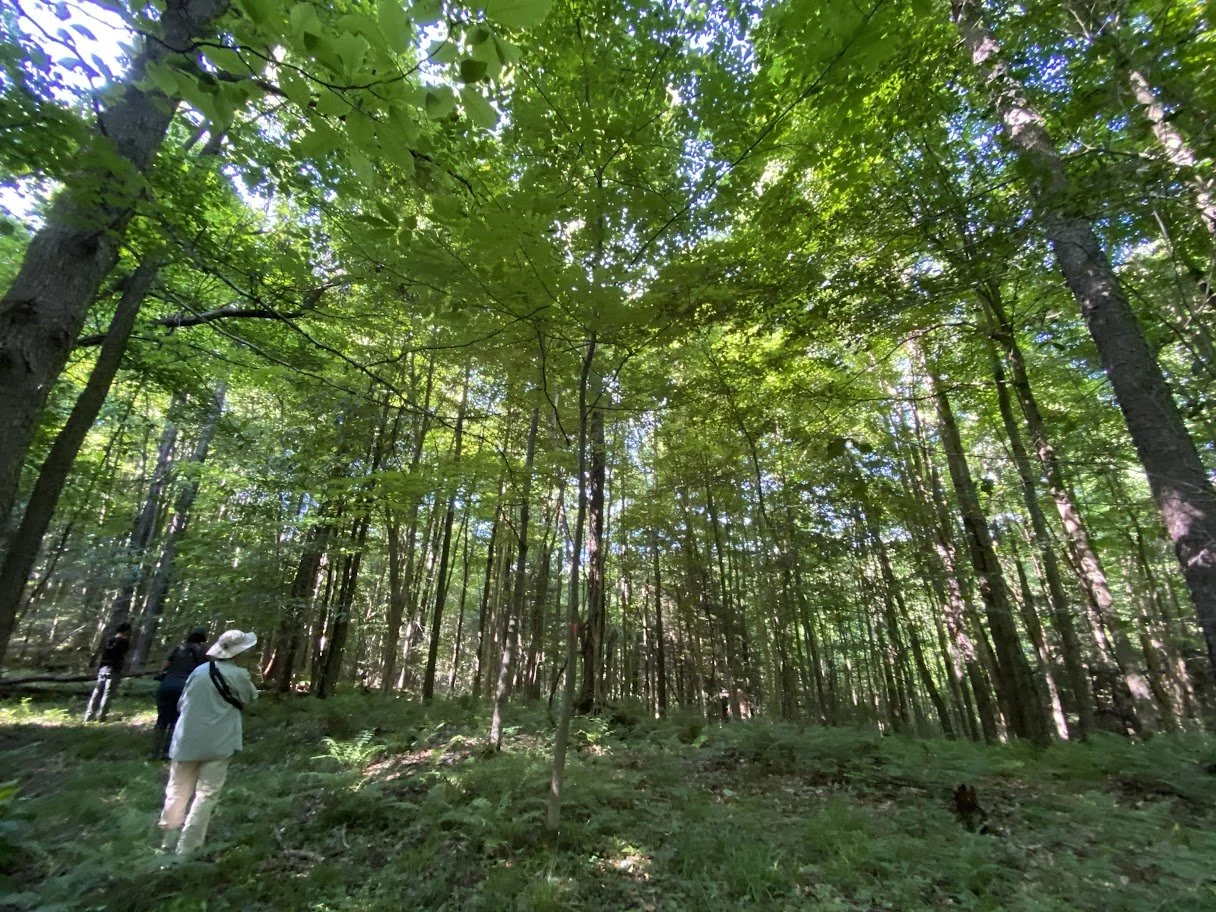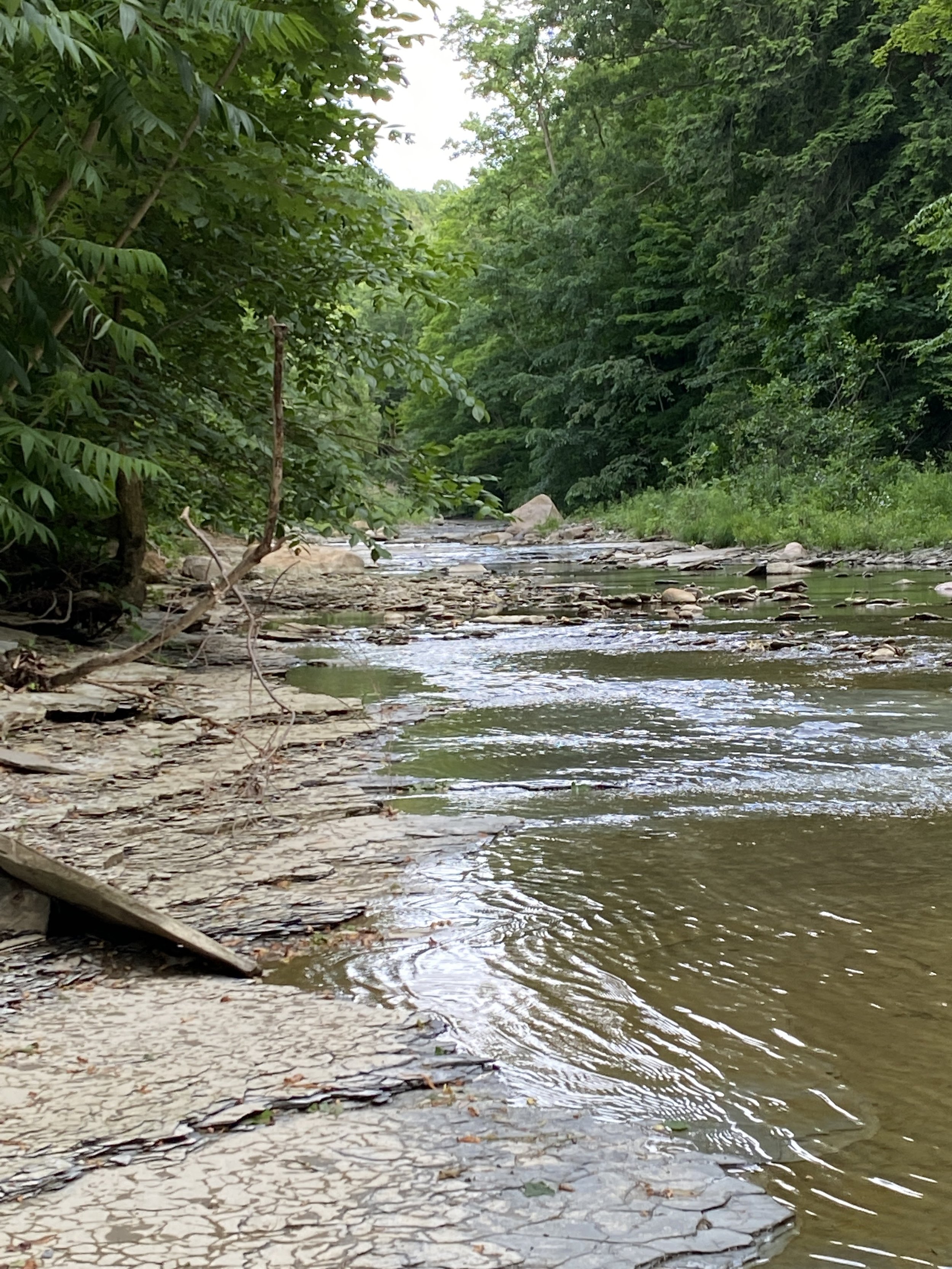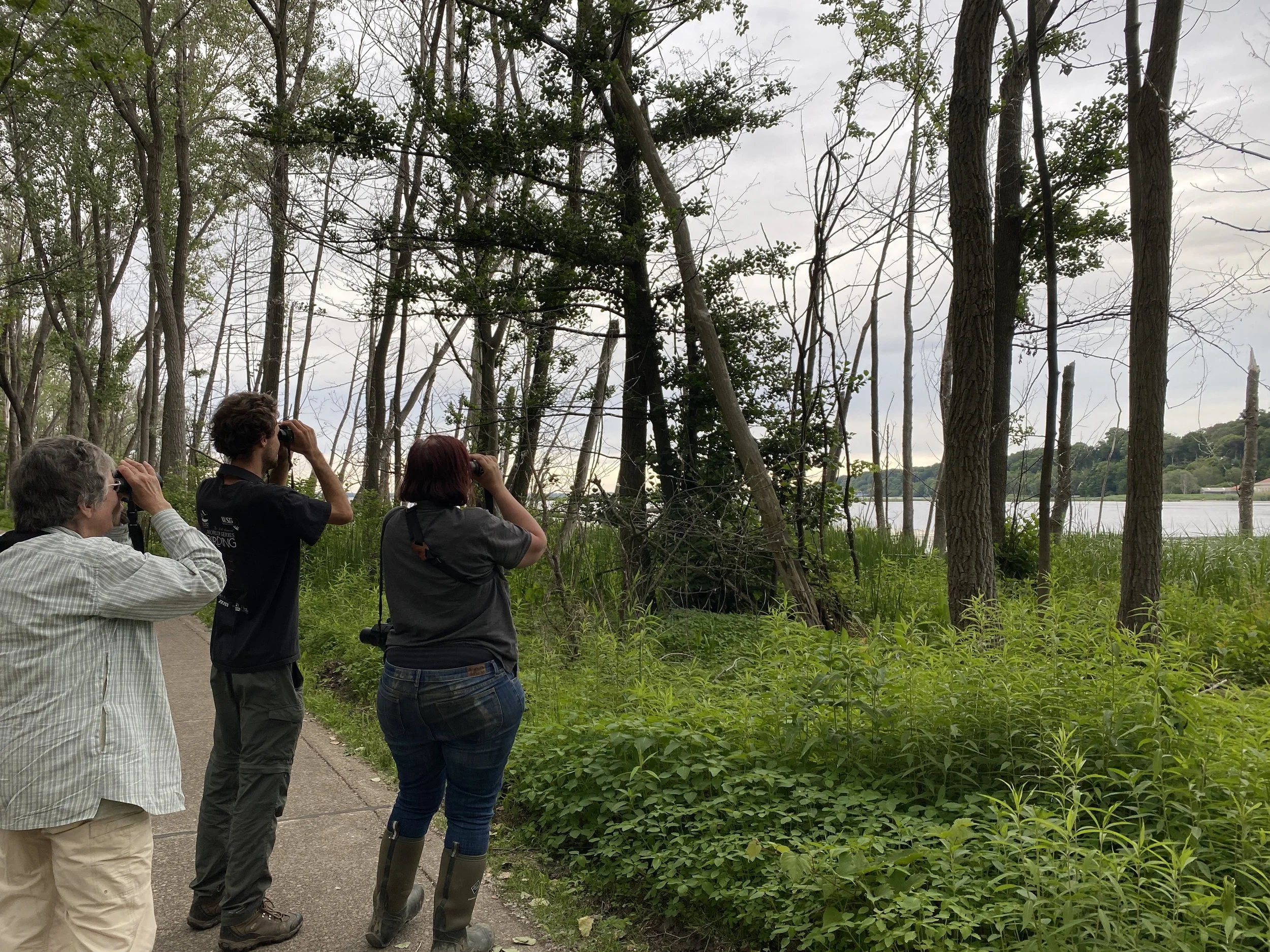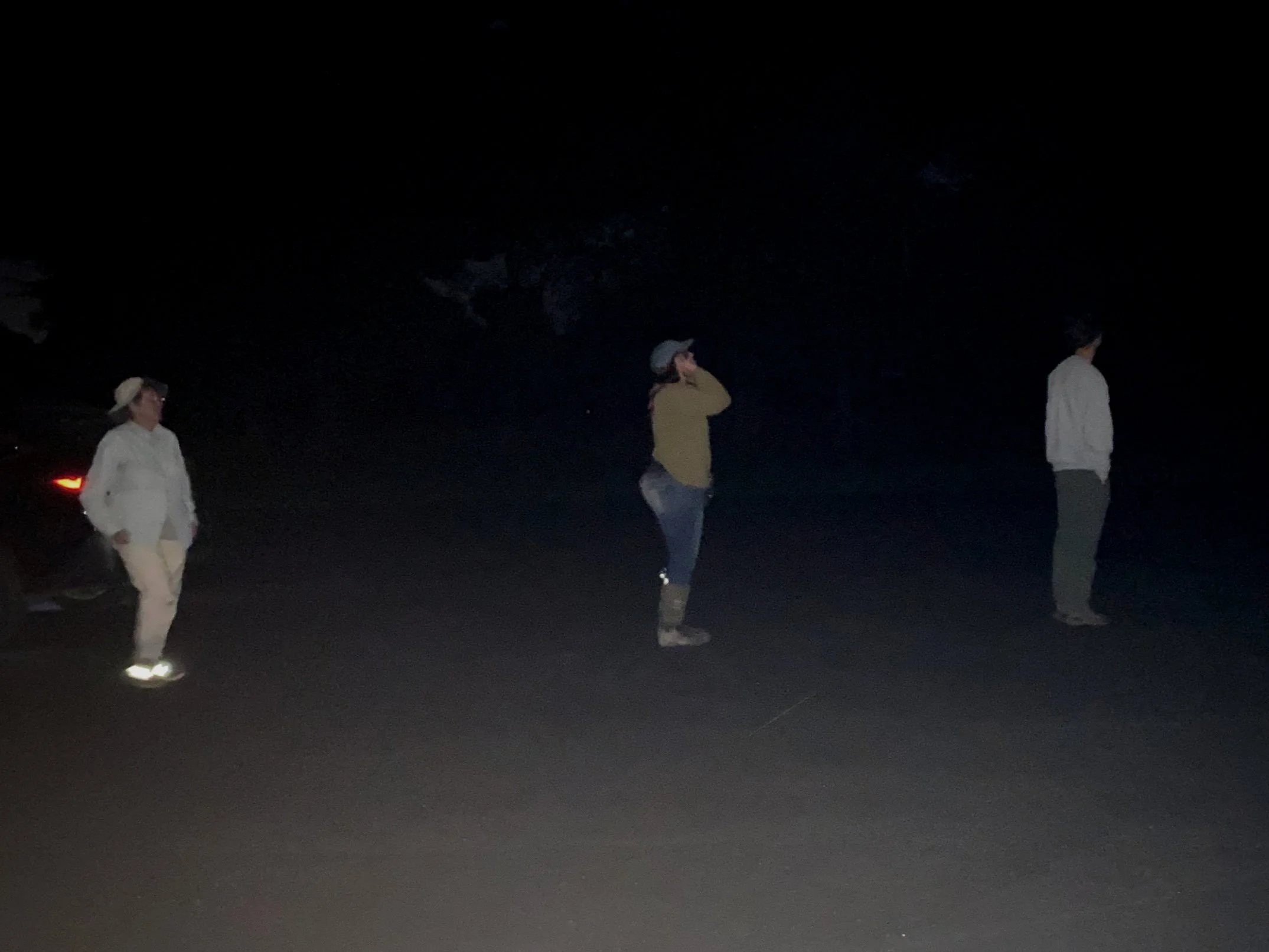From June 9th—19th, 21 teams across Pennsylvania competed in The 3rd Annual Breeding Bird Blitz for Conservation. Hosted by Pennsylvania Society for Ornithology (PSO), this friendly birding competition generates valuable information on the abundance & distribution of PA’s breeding birds as well as raises money for avian conservation organizations across the state. Erie Bird Observatory was one of the Blitz beneficiaries in 2022 and this year, the Partners are Hawk Mountain Sanctuary Association, Foundation for Sustainable Forests, & South Middleton Township.
_____________________________
2023 #Blitz4Birds Results
176 species identified overall, setting a new standard for the event!
Full eBird List: https://ebird.org/pa/tripreport/135841
With **123** species (!!) tallied on June 16th, The #PAPlovers hold on to the coveted “PA Peerless” title for the 2nd year in a row!! Big shout out to: Katie Andersen (team captain), Ruth Swaney, Ron Mumme, & Ripley Kindervater.
More 2023 Blitz Results here: https://www.breedingbirdblitz.org/post/2023-results
#PAPlovers & The 2023 Breeding Bird Blitz
by Ripley Kindervater, 2023 EBO Intern
As they say, “the early bird gets the worm!” The PA Plovers team sought to be just that: the early bird. To start the day, I recall the excitement I felt when rushing out of my house, just to meet everyone on time. We planned to meet at the Tom Ridge Environmental Center at 4:30 in the morning and I didn’t want to be late with my one hour commute. In my rush out of the house, I did not realize that I overshot by thirty minutes until I arrived at the rendezvous spot at 4 o’clock! Whilst waiting for everyone else, I eagerly listened for owls in the parking lot, but was only greeted by an early American Robin. As the proper time neared, headlights appeared in the parking lot and the morning team of Katie Andersen, Ron Mumme, and I were ready to catch the morning chorus. Our first stop would be Erie Bluff State Park to bag ourselves a Orchard Oriole male who had been singing on territory, however, we decided to stop at Elk Creek Access to listen for any owls that might be in the area. As we arrived, the morning chorus had just started with Veery, Eastern Wood-pewee, and Eastern Phoebe greeting us. As we listened, we heard a familiar sound up in the sky, an American Woodcock displaying! Shortly after, we drove up the hill to Erie Bluffs State Park and managed to hear portions of the Orchard Oriole’s song. We decided to head back in the fields for a little bit since Katie believed she heard a Least Flycatcher whilst scouting. When we neared the corner of woods she heard it in, we listened intently for its classic “chip-beck” song. It didn’t take long before we all heard the Least Flycatcher calling and only singing once.
With all targets in the Bluffs acquired, we shoved off and rushed towards State Game Lands 101 in hopes of finding Cerulean Warblers. While Ceruleans had not been heard in the Erie County portion of the gamelands, Katie had heard them singing on a road nearby where we managed to knab them! One short stop at Game Lands 101 did grant us an Alder Flycatcher, the only one we found, and another Cerulean Warbler. I was very excited to hear the Cerulean Warblers singing their buzzy song for the first time ever and only wish we had managed to see one. However, time was of the essence and we moved on to find many other unique birds. Another road that passed through State Gamelands 101 benefited us Acadian Flycatchers, Yellow-bellied Sapsuckers, and a Black-and-White Warbler. With much of the western portion of the county covered, we began to head east and stopped at Moore Road and Jamie Hill’s property. Moore Road had my trusty Horned Larks as well as a surprising posse of cute fox kits playing at the back of the field. With this short stop over we went to Jamie’s beautiful property where we found our first Osprey of the day on its platform and heard singing Pine Warblers. We dug around in the weeds a little more looking for his Northern Waterthrush with little luck. Regardless, we did find a nesting Wood Thrush, our second confirmation of a breeding bird during the blitz. Thanks Jamie!
The morning went by unbelievably quick as we moved on to our first Presque Isle run to fetch many of its unique birds. Ruth Swaney joined us at this point and we tried to find the stunning Prothonotary Warblers… but with no luck. Ron did manage to see one, but the rest of us missed it. We stuck around for a little bit longer at the head of the bay in hopes of hearing one sing, but to no avail. Whilst looking out to the reeds in the head of the bay, I noticed a small black bird swimming in the water with a bright red bill, a Common Gallinule! It was an exciting find since the team missed out on many of the unique marsh birds last year. I scanned the cattails for other birds with hopes of finding a Least Bittern, but turned up nothing new. Still, with no Prothonotary Warbler having sung, we set out for Gull Point in high hopes of finding resting and breeding shorebirds. The trek out to the point was mundane with most of it being sand. At Gull Point, we immediately spotted our breeding Piping Plovers, a precious bird to many folks here.
As we continued to scan the many ponds and dunes for shorebirds seen just hours before, we counted many, many gulls. The wind was quite strong and not really in our favor for hearing or seeing shorebirds. With much frustration, we began to head off of Gull Point since no shorebirds were showing themselves. On the way out, we decided to scan Gull Point from another perspective. Lo and behold, our shorebirds were tucked up in a protected cove resting near the end of the point, out of view from the observation deck. The great distance gave us trouble identifying the birds, even with a spotting scope. However, with a little ingenuity, I used my phone to zoom in even further with the spotting scope’s help to get clearer details. Of the nine shorebirds seen, all that could be made out were Semipalmated Sandpipers and one Least Sandpiper. Invigorated from finding the shorebirds, the team left Gull Point with Ruth taking an animated lead. On the way out of the park, we made another shortstop to catch the Prothonotary Warblers. I zoomed ahead of the group and signaled with a big thumbs-up as a Prothonotary Warbler finally sang. Ron parted ways shortly after finding the bright yellow warblers, with the afternoon group being Katie, Ruth, and I. Ruth took over Ron’s spot as driver and thankfully so, as Katie and I were whooped.
By the time we had made it off of Gull Point, it was already one o’ clock. How does time just keep slipping between our fingers!? After a short conference with the remaining group, we decided to head to Greenfield Community Park and then south toward Corry Junction Greenway Trail. I was eager to show the group my finds at Greenfield Community Park since it had a nice collection of meadow dwelling birds. However, when we arrived, we were met with a sad sight. The former lucious, flowering field had been cut down for hay, leaving sad bobolinks, meadowlarks, and savannah sparrows wandering around. Moving forward, we headed for Corry to find a Merlin that has been nesting at the Pine Grove Cemetery for many years. Arriving at the cemetary, we eagerly scanned the tall pines for the Merlin. I had found at least one stick nest at the top of one white pine, but it was hard to confirm it as the Merlin's nest. Unfortunately, it was beginning to seem that finding our Merlin wouldn’t happen, so we headed up the road to the Corry Junction Greenway Trail to find our Red-breasted Nuthatch and Blackburnian Warbler. Walking down the trail, we began to hear a familiar “knuck-knuck-knuck,” belonging to our Red-breasted Nuthatch. The other target bird, the Blackburnian Warbler also revealed itself in its high-pitched song. Heading back to the car, we saw a larger bird fly into the top of a pine tree across the road. Using my binoculars, I looked at the bird and shouted with much relief, “Merlin!” Finally, our Merlin made an appearance and then took its leave.
The next destination in the area was the Ewing Foundation for Sustainable Forests. When I had visited during one of my scouting trips, I encountered an unexpected amount of Black-throated Blue Warblers, a bird that was first documented breeding in Erie County in 2022 by our very own team! During the blitz, it didn’t take long to locate the nearest breeding pair I had found. It was so much fun to watch the male and female continually transport caterpillars into a rose bush, and reappear with no caterpillars. Squatting down, we were able to make out a small, cup-shaped nest made of dead and live leaves at the center of the rose bush where hungry babies were likely waiting for their next meal. In the distance we heard the fun song of a Mourning Warbler, another bird that I found had a healthy population in the Ewing FSF. We hoped to hear a Barred Owl calling since it was getting dark, but no luck. I had found a Barred Owl nearby in State Game Lands 154 on the New York border, but that location was not on our list for a very intriguing reason.
During scouting, I had stopped at Pennsylvania State Game Lands 154 in hopes of finding some unique birds to add to the list. Looking at the stream on Buffalo Road, I decided to park and walk downstream since I could immediately see hemlock trees. Target birds I was looking for included Barred Owl and Golden-crowned Kinglet, but who knows what is around the bend. As I wandered down the stream, I flipped rocks looking for snakes and salamanders whilst I listened for possible target birds. I had rounded a small bend in the stream when I heard many leaves rustling where I was previously flipping rocks not two minutes prior. Immediately, I assumed it was a raccoon or squirrel making lots of noise in the leaf litter until I saw a large animal stumble down into the creek, and my initial, awestruck thought was, “Oh, a bear!” I stood out in the open as the bear sniffed the ground and rocks I had stood on, and it intermittently glanced at me only a mere 25 feet away. Suddenly, I glimpsed the movement of a small cub stumbling on the bank near the mother, adrenaline coursed through my body instantaneously as I uttered, “Oh God…,” in response to the scary situation I was now faced with. I quickly and quietly hid myself behind a tree, opened my camera, reached around the tree, and snapped a few photos. I finally worked up the courage to peek at the bear from behind the tree and watched it lumber up the steep bank and then crawl into its den. It is a miracle she didn’t charge me when I was right below her den earlier flipping rocks. I looked downstream looking for a getaway, but was blocked by a log jam. The steep banks suddenly turned into a temporary prison, but I worked up the courage to climb the steep banks as quietly as possible. I stepped forward towards the log jam and saw a Barred Owl flush and fly away. Yippee! I guess… Luckily, I made it back to my car with ease, but jumped at every fern waving along the way.
Jumping back to the Breeding Bird Blitz, we decided in the end, that an encounter with a momma bear and her cubs, was not worth finding a Barred Owl. Since the sky was beginning t0 darken, we decided to cut our losses and head back to Presque Isle. By the time we arrived at Presque Isle, it was already dark and to our dismay we realized we missed some easy birds like Carolina and Marsh Wrens. We drove around the park to Pine Tree trail and listened for our ever faithful Eastern Whip-poor-wills with great success. We then headed out towards any marshes to listen for any secretive marsh birds. I got out of the vehicle at Niagara Pond and let out a tremendous clap, causing a Virginia Rail to call into the night, adding the 122nd species to our list. Our final destination was at Katie’s house where she had heard an Eastern Screech Owl the night before. Luckily, the diminutive owl was still in the area and was whistling down the street, adding our final and 123rd bird to the list! With the big day over, we all crawled home in the dark of night excited that we beat our previous score, and slept with birds singing in our dreams.
